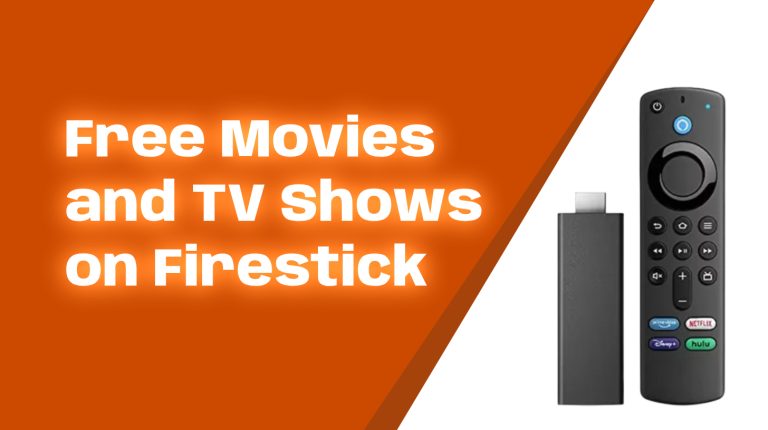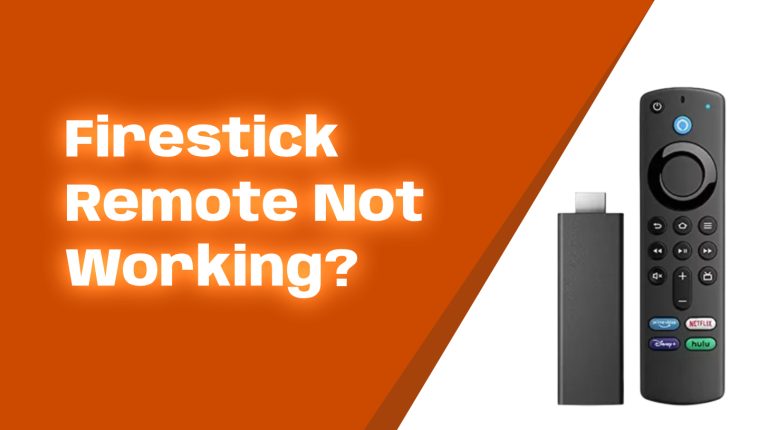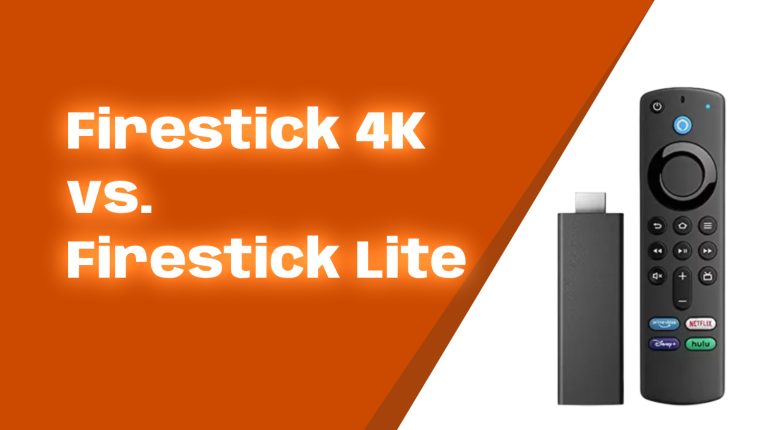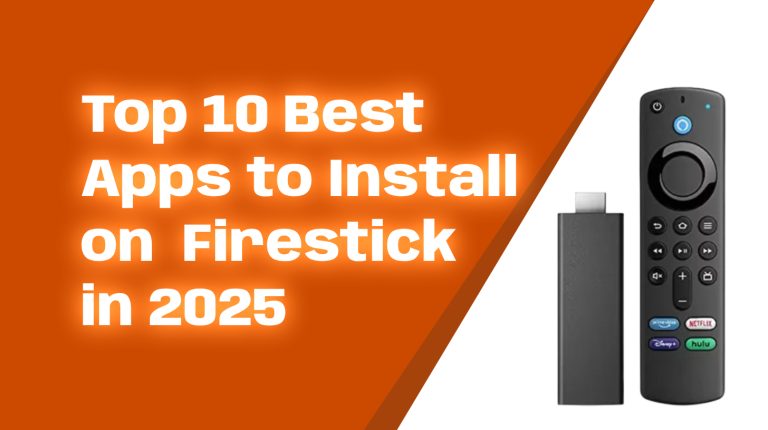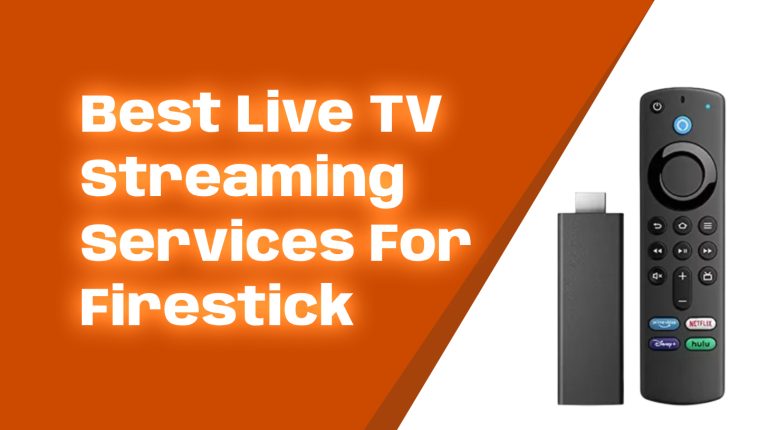Choosing the Right Streaming Device
Streaming has become a big part of our daily lives. Whether it’s binge-watching your favorite TV series or catching the latest blockbuster, having the right streaming device can make all the difference. In this article, we’ll compare three of the top contenders: Amazon Firestick, Roku, and Google Chromecast. By the end, you’ll know which streaming device is best for you in 2023 and beyond.
What Makes Each Device Unique?
Before diving into the nitty-gritty details, let’s start with an overview of what each device brings to the table:
- Amazon Firestick: Known for its affordability, Alexa voice integration, and access to the Amazon ecosystem.
- Roku: Celebrated for its simplicity and neutrality, offering a wide variety of streaming services without bias.
- Google Chromecast: Focuses on casting content from your phone or other devices, with Google Assistant integration for hands-free control.
Design and Setup
The physical design and how easy a device is to set up can greatly impact your user experience. Here’s how the three compare:
Amazon Firestick
The Firestick is a compact dongle that plugs directly into your TV’s HDMI port. It’s powered via a USB cable, which you can connect to your TV or a wall adapter. Setup is straightforward: log in with your Amazon credentials, connect to Wi-Fi, and you’re ready to stream. The included remote features Alexa, letting you use voice commands instead of clicking through menus.
Roku
Roku devices come in different models, from the entry-level Roku Express to the premium Roku Ultra. Most connect to your TV via HDMI and come with a simple remote. Roku’s setup is equally straightforward—create or log into your Roku account, connect to your Wi-Fi, and start streaming. Unlike Firestick, the Roku remote doesn’t prioritize a specific ecosystem, making it neutral.
Google Chromecast
Chromecast offers a clean design—simply a puck-shaped device that plugs into your TV’s HDMI port. However, it doesn’t come with a remote for the basic models. Instead, you control it using your smartphone or tablet. Setup involves downloading the Google Home app, pairing the device, and connecting it to your Wi-Fi. The new Chromecast with Google TV model does include a remote for more traditional navigation.
Interface and Ease of Use
Amazon Firestick
The Firestick interface is visually appealing but leans heavily toward promoting Amazon services. The homepage often highlights Prime Video content. However, you can still access other popular apps like Netflix, Hulu, and Disney+. Advanced users may like features like app sideloading, which allows installation of apps not available in the Amazon App Store.
Roku
Roku’s interface is minimalistic and extremely user-friendly. The grid layout displays your installed apps (called “channels”), and there’s no heavy promotion of specific content. If you’re new to streaming, you’ll appreciate how simple and straightforward the interface is. Plus, Roku’s Universal Search feature tells you where to watch a specific show or movie across all platforms.
Google Chromecast
Chromecast itself doesn’t have an interface if you’re using the basic model—your phone or tablet serves as the controller. This can be a bit limiting for users who prefer using a remote. However, the Chromecast with Google TV changes that. It adds an intuitive interface with personalized recommendations and a traditional navigation system via its remote.
Content and Apps
One of the most critical factors for choosing a streaming device is its app selection. Let’s see how each fares:
Amazon Firestick
Firestick supports thousands of apps, including big names like Netflix, Hulu, Peacock, and Disney+. However, its integration with Amazon Prime Video is seamless and a big selling point for Prime members. Additionally, Firestick supports streaming games through Amazon Luna and third-party apps.
Roku
Roku is considered the most neutral platform. It supports nearly every streaming app you can think of, including niche options like Crunchyroll and Shudder. Additionally, Roku offers its own free library of ad-supported movies and shows via Roku Channel.
Google Chromecast
Chromecast works with almost any app that supports casting—Netflix, YouTube, Spotify, and more. The newer Chromecast with Google TV expands this by running an Android-based operating system, giving you access to the Google Play Store for additional apps.
Pricing
Amazon Firestick
The Firestick lineup starts at $29.99 for the Firestick Lite and goes up to $59.99 for the Fire TV Stick 4K Max as of late 2023. Discounts are frequent, especially during holidays.
Roku
Roku offers a range of options, starting at around $29.99 for Roku Express and going up to $99.99 for Roku Ultra. Midrange devices like the Roku Streaming Stick 4K+ often hit the sweet spot for price versus performance.
Google Chromecast
The basic Chromecast model costs around $29.99, while the Chromecast with Google TV is priced at $49.99. It’s slightly more expensive than entry-level Roku or Firestick devices but justifiable thanks to its remote and polished Google TV interface.
Performance and Speed
Performance depends on factors like processor speed, RAM, and how smoothly the interface runs. All three brands offer snappy streaming, especially on newer 4K models. However:
- Firestick 4K Max: Faster processor and smoother performance compared to older Firestick models.
- Roku Ultra: Often regarded as the most powerful Roku device for speed and resolution.
- Chromecast with Google TV: Runs smoothly but can lag slightly when loading heavier apps.
Voice Features
- Firestick: Alexa integration allows you to search for content, control smart home devices, and ask questions.
- Roku: Basic voice search works fine, but it lacks advanced features compared to Alexa or Google Assistant.
- Chromecast: Uses Google Assistant, which is arguably the best-in-class voice assistant for smart home control and general searches.
Who Should Choose What?
Now that we’ve covered the features, here’s who each device is best suited for:
- Amazon Firestick: Perfect for Prime members, Alexa users, and anyone who loves tinkering with apps.
- Roku: Ideal for those who want a neutral, no-frills interface with access to a broad range of content.
- Google Chromecast: Great for Google ecosystem users and those who prefer casting over traditional navigation.
The Bottom Line
Choosing between Firestick, Roku, or Chromecast in 2023 boils down to your needs and preferences. Each device has its strengths, whether it’s Firestick’s Alexa integration, Roku’s simplicity, or Chromecast’s seamless casting experience. No matter which you choose, you’re guaranteed access to thousands of hours of entertainment right at your fingertips.
So, which streaming device are you going with? Let us know in the comments below!

